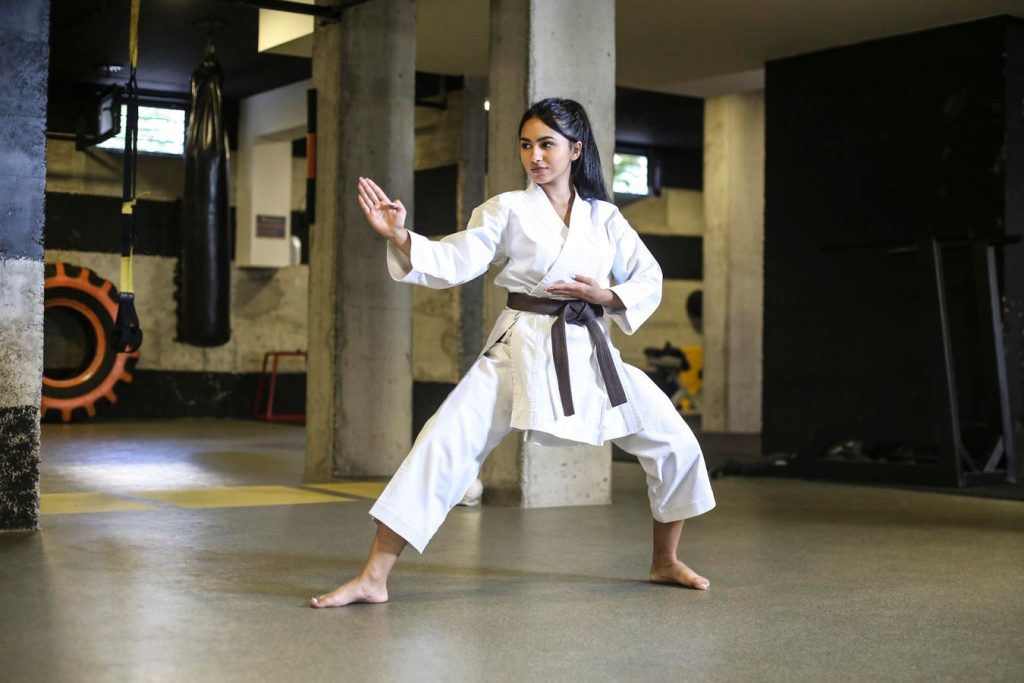Aslak de Silva, CEO of Selfly Store, has utilized his experience in martial arts to draw parallels between leadership and combat. Having started training at a young age and achieving a black belt by 18, Silva competed in numerous fights and even won a world championship in 2000. He notes that both martial arts and leadership require a balance between theory and practice, adaptability in the face of unique situations, and the ability to learn from mistakes to improve.
Silva emphasizes the importance of playing to one’s strengths in both martial arts and leadership. By recognizing what you excel at and leveraging those strengths, you can steer situations in your favor. However, it is also crucial to acknowledge and work on weaknesses to become a well-rounded leader. Tools like 360-degree reviews can help identify areas for improvement and help leaders navigate their strengths and weaknesses effectively.
Controlling emotions is another key aspect of both martial arts and leadership. Silva highlights that maintaining composure and managing emotions effectively is essential in high-pressure situations. Losing control to negative emotions can undermine leadership, leading to temporary results but eroding long-term respect and focus. Leaders must exhibit the right emotions at the right time to maintain respect and lead effectively.
Dealing with insecurities is a common challenge in both martial arts and leadership. Silva suggests that self-confidence comes from rigorous training and preparation. Just as fighters fight their insecurities through hard training, leaders can build confidence by consistently honing their skills, learning from experiences, and pushing through challenges. Being honest about insecurities, asking for help, and actively dealing with them can help leaders prepare for uncertainties.
Maintaining readiness and pushing oneself to the limit are essential components of martial arts and leadership. Martial artists assess their physical and mental state daily, warming up their bodies and minds to be prepared for any situation. Similarly, leaders must engage their brains daily, stimulating their thinking and staying mentally agile to face challenges. Embracing challenges, taking risks, and pushing beyond comfort zones reveal true capabilities and resilience in both martial arts and leadership, helping individuals grow and succeed.
In conclusion, the lessons from martial arts can be applied to leadership to navigate complexities with skill and resilience. By integrating principles such as theory and practice, leveraging strengths, managing emotions, building confidence, readiness, and embracing challenges, leaders can enhance their abilities and lead their teams to success. Aslak de Silva’s insights highlight the valuable parallels between martial arts and leadership, offering a unique perspective on effective leadership practices.


